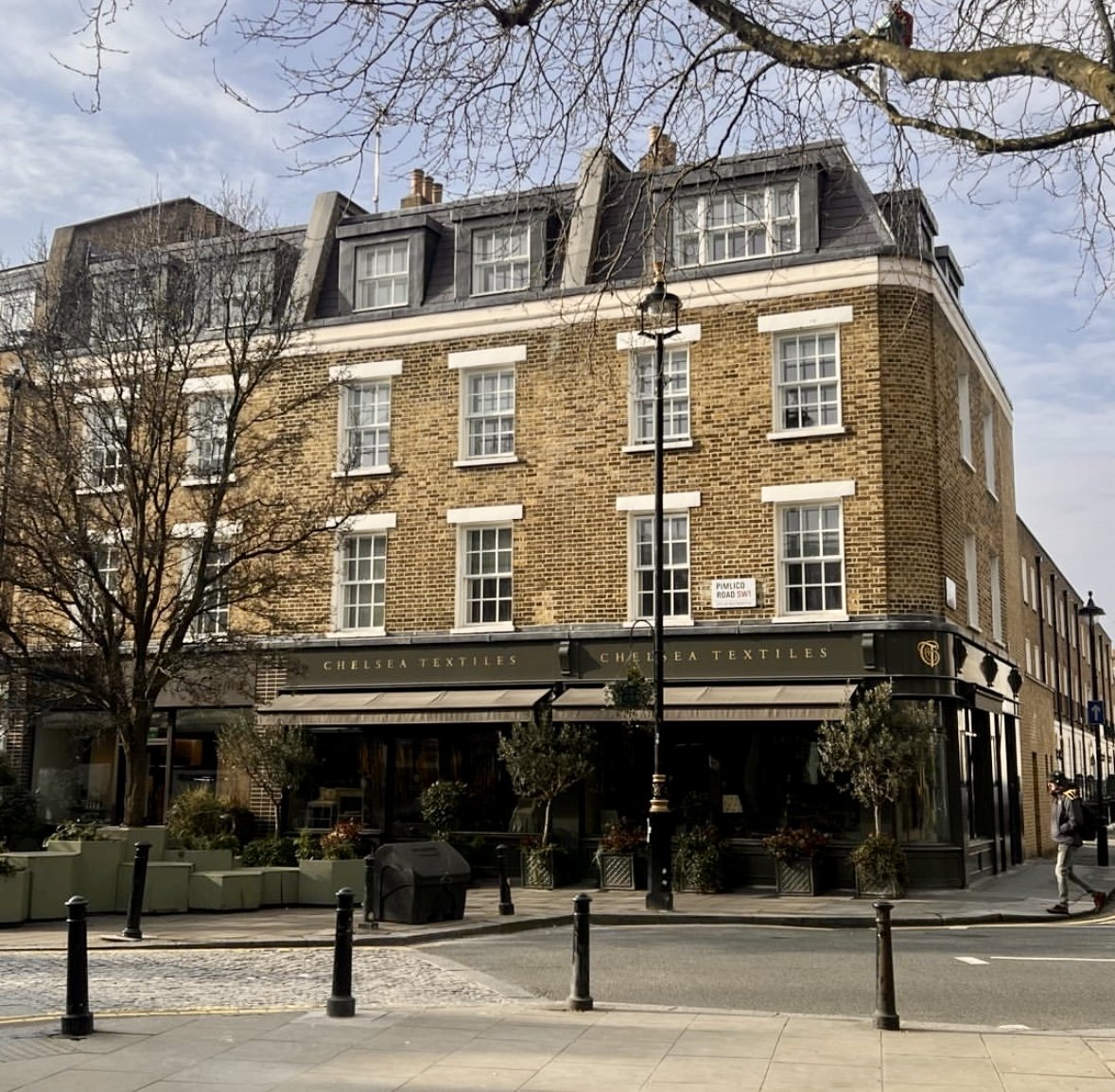
The Beauty of Bespoke: An Imaginative Collaboration with Jacob Alexander Cabinetmakers

From Rogue to Riches- London’s Interiors Jewel

Crafting a Home: Anouska Tamony Designs x Stuart Indge Joinery

Make Do & Mend

Mastering the Art of Mixing Patterns and Prints in Interior Design


